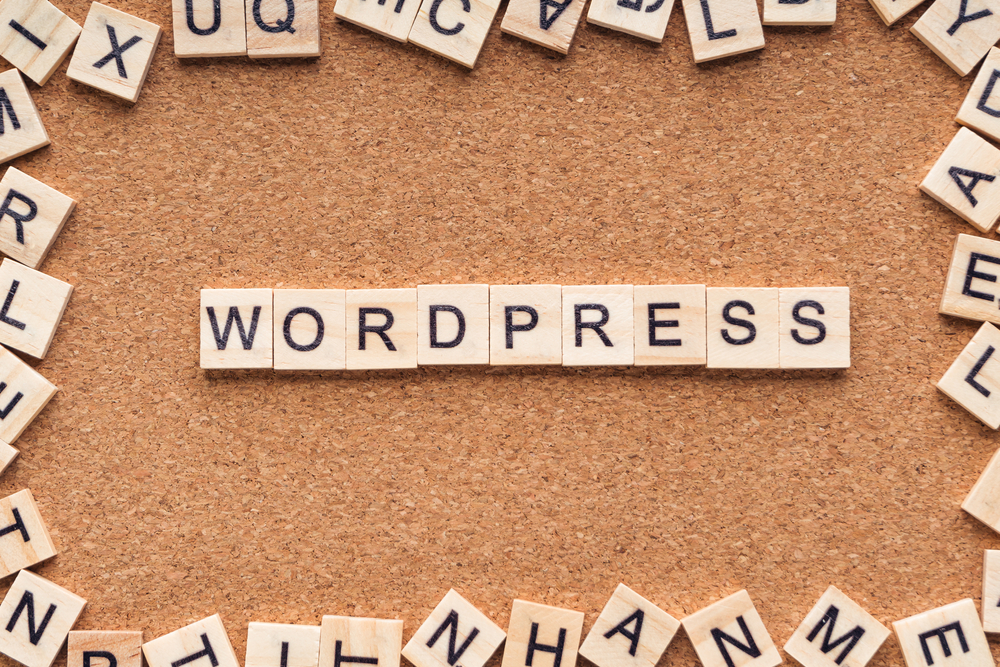
Mastering WordPress Customization & Maintenance: Insider Tips and Tricks

WordPress is undoubtedly one of the most popular content management systems (CMS) available today. Its user-friendly interface, extensive plugin library, and customizable themes make it an ideal choice for businesses and individuals alike. However, to truly harness the power of WordPress, it is essential to master its customization and maintenance. In this article, we will share insider tips and tricks to help you take your WordPress website to the next level.
Customizing WordPress Themes
One of the greatest strengths of WordPress is its vast collection of themes that allow you to change the appearance of your website with just a few clicks. However, to create a unique and personalized website, it is crucial to go beyond the default settings. Here are some tips for customizing WordPress (the platform for bloggers) themes:
1. Child Themes for Safe Customizations
When making customizations to a WordPress (the blogging platform) theme, it is essential to use a child theme rather than modifying the parent theme directly. A child theme inherits the functionality and styling of the parent theme, allowing you to safely make changes without losing them during theme updates.
2. Custom CSS for Design Tweaks
To make design tweaks to your WordPress (or WP) theme, you can use the built-in customizer or a custom CSS plugin. This allows you to change colors, fonts, spacing, and other visual elements of your website. It is a powerful way to make your website stand out without touching the underlying theme files.
3. Custom Page Templates
WordPress (WP) provides the flexibility to create custom page templates to suit specific needs. Whether you want a full-width page, a custom landing page, or a unique layout for your blog posts, custom page templates can help you achieve it. You can create these templates by adding code to a child theme or by using dedicated plugins.
Optimizing Performance
A fast-loading website is crucial for user experience and search engine rankings. Here are some tips for optimizing the performance of your WordPress website:
4. Caching Plugins
Caching plugins can drastically improve the load times of your WordPress website by storing static versions of your pages. These plugins generate cached versions of your content and serve them to visitors, reducing the load on the server and speeding up page rendering.
5. Image Optimization
Images are often a major factor contributing to slow website load times. To optimize your images, consider compressing them without losing quality using plugins like Smush or optimizing them before uploading. Furthermore, lazy loading can be enabled to load images only when they are visible on the user's screen.
6. Minify CSS and JavaScript
Minifying CSS and JavaScript files removes unnecessary characters, white spaces, and comments, reducing the file size and improving website performance. There are various plugins available that automatically minify these files, or you can do it manually by using online tools and adding the optimized code to your theme.
Maintaining WordPress Websites
Keeping your WordPress website up-to-date and secure is essential for its smooth functioning. Here are some tips for maintaining your WordPress website:
7. Regular Updates
WordPress frequently releases updates to fix bugs, enhance security, and introduce new features. It is crucial to regularly update your WordPress core, themes, and plugins to ensure optimum performance and protect against potential vulnerabilities.
8. Reliable Backups
Backing up your WordPress website regularly is a vital maintenance task. In case of any unfortunate events, such as hacking or accidental data loss, having a recent backup allows you to quickly restore your website to its previous state.
9. Security Measures
WordPress security should not be taken lightly. Along with staying up-to-date with the latest updates, it is important to use strong passwords, limit login attempts, and install security plugins that provide features like malware scanning and firewall protection.
Frequently Asked Questions
Q1: Is it necessary to use a child theme for customizations?
A1: While it is not compulsory, using a child theme is highly recommended to preserve your customizations during theme updates.
Q2: How can I improve my WordPress website's performance?
A2: Some ways to optimize performance include using caching plugins, optimizing images, and minifying CSS and JavaScript files.
Q3: How often should I update my WordPress website?
A3: It is vital to regularly update your WordPress core, themes, and plugins. Aim for at least once a month, or more frequently for critical security updates.
Q4: How can I ensure the security of my WordPress website?
A4: Along with staying updated, use strong passwords, limit login attempts, and employ security plugins that offer additional protection.
Q5: What should I do if something goes wrong with my WordPress website after customization?
A5: If you encounter issues after customization, revert the changes made or restore your site from a backup. If necessary, seek support from the WordPress community or professional developers.
Mastering WordPress customization and maintenance is a continuous learning process. By implementing these insider tips and tricks, you can take full control of your WordPress website, ensuring its uniqueness, performance, and security. Whether creating a personal blog or an e-commerce store, WordPress offers the flexibility and tools to bring your vision to life.
Other useful resources
- https://www.wordpress24plus.com/services/
- https://www.wordpress24plus.com/wordpress-tools-directory/
- https://www.wordpress24plus.com/topics/wordpress-tips-and-tricks/